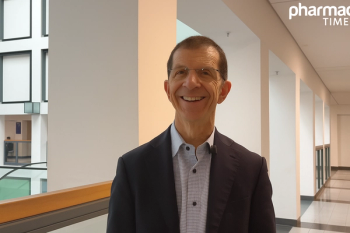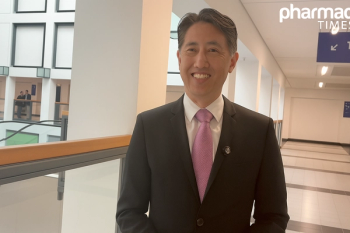
Youth, Young Adults With Diabetes Today Have Worse Glycemic Control Than Prior Generations
Key Takeaways
- Youth with T1D show worse glycemic control than previous generations, despite technological and therapeutic advancements.
- Individuals with T2D diagnosed in childhood and with diabetes for over 10 years also exhibit worsening glycemic control.
According to a recent study presented at the ADA’s 80th Scientific Sessions, youth and young adults with type 1 diabetes (T1D) in the United States today have worse glycemic control than prior generations.
According to a recent study presented at the American Diabetes Association’s 80th Scientific Sessions, youth and young adults with type 1 diabetes (T1D) in the United States today have worse glycemic control than prior generations. This was an unexpected finding due to the advances that have been made in diabetes technology, therapies, and more aggressive glycemic targets over time, according to the study authors.
Furthermore, the researchers found that participants with type 2 diabetes (T2D) who were diagnosed as children and have had diabetes for 10 years or more exhibited a trend toward worse glycemic control in recent years.
The purpose of the study was to assess the temporal trends in glycemic control in youth-onset diabetes. In order to conduct the assessment, the study included 6399 SEARCH for Diabetes in Youth participants who had had diabetes for a duration more than 1 year.
The researchers categorized the data from participants’ visits into 3 time periods (2002 to 2007, 2008 to 2013, and 2014 to 2019) and 3 groups of diabetes duration (1 to 4, 5 to 9, and 10-plus years), with 1 random data point selected for each duration group. The researchers then used stratified multivariable regression models to test the differences in participants’ hemoglobin A1c (A1c) over time, with adjustments accounted for regarding site, age, sex, race/ethnicity, health insurance status, and disease duration, both overall and for each duration group.
The results showed that the estimated mean A1c for participants with T1D was higher in the 2014 to 2019 and 2008 to 2013 periods versus the 2002 to 2007 period. Furthermore, the researchers found that there was a temporal difference in mean A1c for participants with T1D for a duration of 5 to 9 years and for participants with T2D for more than 10 years.
REFERENCE
Malik F, Sauder KA, Isom S, et al. Trends in Glycemic Control among Youth with Diabetes: The Search for Diabetes in Youth Study. Paper presented at: American Diabetes Association 80th Scientific Sessions; June 12-16, 2020; Virtual. plan.core-apps.com/tristar_ada20/abstract/00c4d597-6894-4ba9-8bfd-8d4841a89127. Accessed June 16, 2020.
Newsletter
Stay informed on drug updates, treatment guidelines, and pharmacy practice trends—subscribe to Pharmacy Times for weekly clinical insights.















































































































































































































